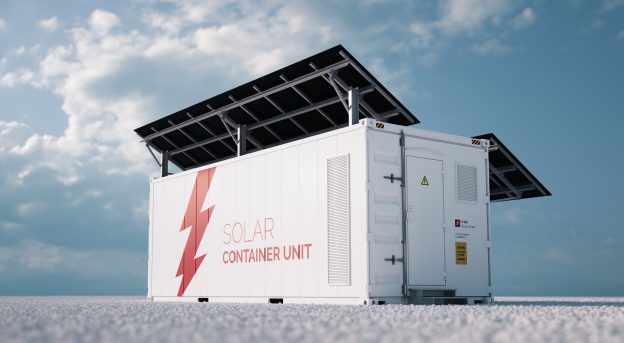India’s National Solar Mission targets on installing 20GW of solar by 2022, while the original target has been revised to 100GW, including 40GW rooftop solar power capacity and 57GW utility-scale solar power plants. The revision was announced by Sh. Piyush Goyar, Minister of State (IC) for Power, Coal & New and Renewable Energy (MNRE) on August 13, 2015.
Timeline and Sectors
MNRE unveiled a timeline for the 100GW target. Currently, India has an operational solar power capacity of around 3GW, and the nation aims to install 200MW of rooftop solar and 1.8GW of utility-scale solar capacity in the current fiscal year (2015~16).
The timeline for the 100GW target is as following:

The rooftop solar power projects are expected to be commissioned mostly by the state government through their own solar power policies, noted CleanTechnica. The utility-scale projects involve in medium- and large-scale solar projects. The category includes a scheme for decentralized PV generation by unemployed youths & farmers (10 GW), state policies aiming at 20 GW, Public Sector Units (10 GW), Solar Energy Corporation of India (SECI) projects totaling 5 GW, and large private sector/ independent power producers (IPps) projects at 5 GW. The share of ongoing programs incl. past achievements is 10 GW, according to SolarServer.
The Indian government and the state governments would organize competitive auctions for large-scale solar power projects. MNRE and the government plans to set up 25 large-scale solar projects, totaling 20GW of solar capacity. In addition, the exemption of custom and excise duty is applicable for certain raw materials for manufacturing of solar power device, which will reduce the cost of solar energy.
50 Solar Cities
For demonstration, the India government has selected 50 municipalities for a new project called “solar cities.” The cities are selected from across the country. Each of them may receive financial support of up to INR5 million, while the total cost for the 50 sanctioned cities and towns would be INR237 million.
46 of the 50 cities have been prepared, stated MNRE.
PV Tech scripts destinations of the plan, pointing out that each solar city will aim at a minimum 10% reduction in projected demand for conventional energy within five years through the installation of renewable energy technologies including solar, wind, biomass, small hydro and waste to energy. Energy efficiency measures could also be included.
Although the “50 solar cities” is nothing new, it would help the country achieve the 40GW rooftop solar installation target by 2022. The selected cities would start carrying out the plan as soon as the government’s funds have been released.







